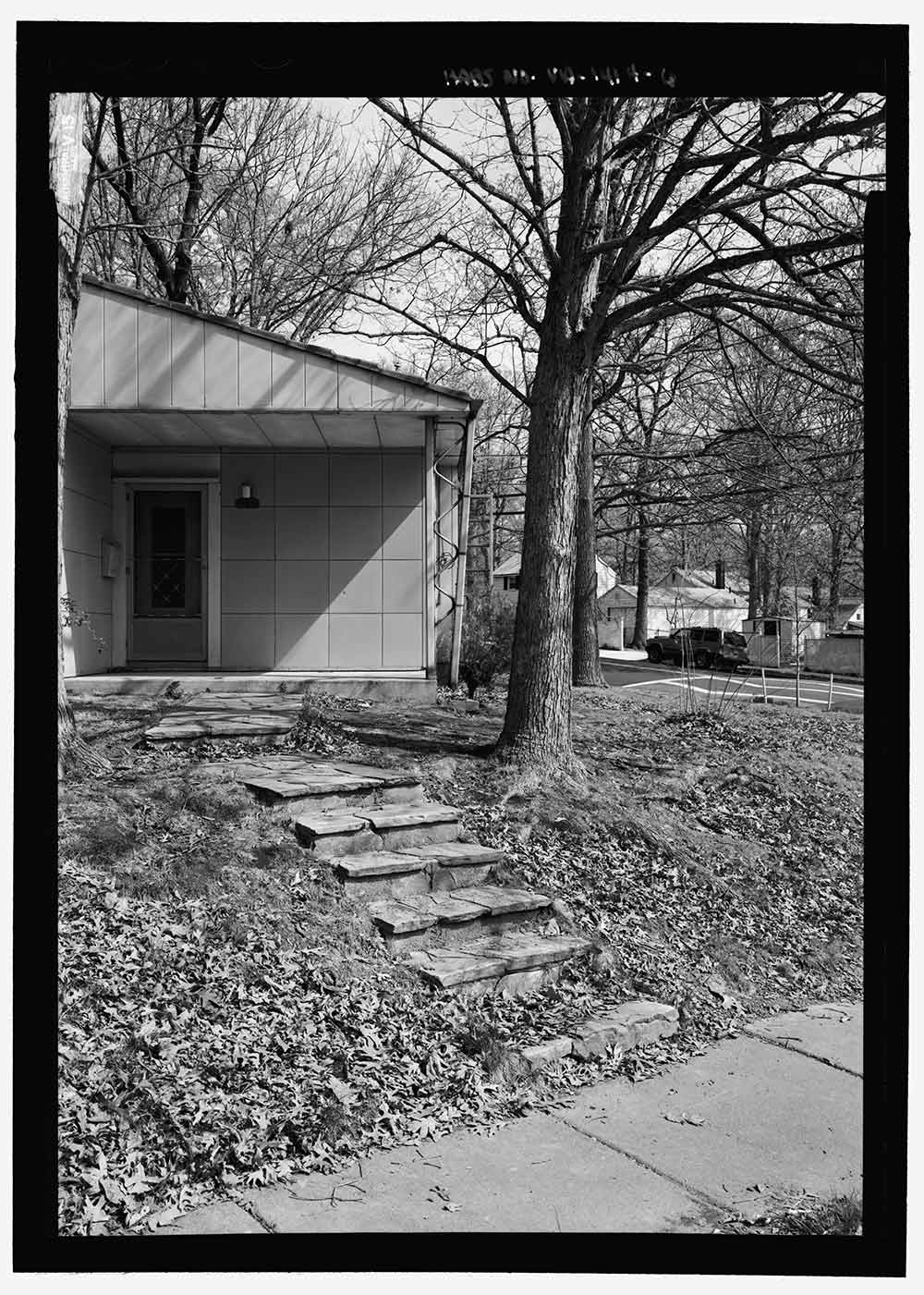Table Of Content

However, as you’ll learn further down, once the rubber hit the road, the price of a Lustron home was well underestimated. Once the rubber hit the road and Lustron was in production, the company needed to increase their asking price tag to DOUBLE their original estimate. Recognized for its distinctive front entrance, the Newport model showcased Lustron’s commitment to innovative design.

Ohio
In peacetime, Vitreous Enamel made porcelain-coated steel, used in the construction of gas stations. Strandlund was told if he would manufacture housing, there would be government contracts, and the Lustron Corp. was born.Strandlund originally wanted to stay in the Chicago area and had his eyes on a plant built by the Chrysler Corp. to make B-29 bombers. But Preston Tucker, who planned to make his eponymous automobile there, bought it. Instead, Lustron found a massive factory in Columbus that Curtiss-Wright had used to build fighter planes, and manufacture of the homes started in 1948. The initial goal was to turn out 85 houses a day (rising to more than 400) and offer three different styles of two- or three-bedroom homes.
Why were Lustron Homes So Popular?
You can find an interactive map of the existing Lustron homes as well as the homes that have been lost to demolition online. These homes are rightly cherished by their owners and preservationists for their historical significance and unique architectural features. Initially, the builder offers a 1,000 square-foot bungalow home featuring two bedrooms and 2-foot square steel panels for the exterior.
Westchester
Despite this history, the Lustron offers an abundance of useful experience, including some important successes, regarding the opportunities and pitfalls of architectural prefabrication. First, and perhaps most prominent among the Lustron’s successes, was the surprising degree to which it reached its target market and captured the popular imagination. The most reasonable explanations for this aspect of its success were an aggressive marketing program (which included one Life magazine ad that elicited an amazing 150,000 responses) and its appealing, highly practical layout. While modest in size, the Lustron’s design successfully integrated evolving concepts of modern convenience with traditional ideas about the single-family domicile. Its bungalow-style layout attracted conventional devotees of the single family home; meanwhile, it offered the unusual convenience of fully integrated modern appliances, included in its base price. He unveiled a groundbreaking concept – homes made entirely of prefabricated steel – which allowed for mass-produced housing and quick assembly.
They submitted places and specifications to local building authorities, and even lobbied on a national level for building code reform. Material acquisition issues plus slow production resulted in Lustron losing money on a daily basis. Even with hefty government loans, Lustron kept lobbying for more funding. They were even accused of paying a government official, Senator Joe McCarthy, to promote Lustron.
And that increase didn’t make Lustron homes as affordable as originally promised. As noted above, the original goal for Lustron was to provide a house around $5,000. The Lustron Corporation faced several challenges that ultimately led to its closure. Despite initial success and widespread interest in Lustron homes, the company encountered financial difficulties, production issues, and competition from traditional homebuilders that led its decline and eventual closure in the early 1950s. Approximately 2,500 to 2,680 Lustron homes were built between 1948 and 1954.
A Minneapolis Lustron Home Goes on the Market - Midwest Home Magazine
A Minneapolis Lustron Home Goes on the Market.
Posted: Sun, 04 Aug 2019 07:00:00 GMT [source]
Are Lustron Homes being Preserved?
The parts were loaded on to a truck and delivered to the building site, where they took mere weeks to construct. The flagship model, the Westchester (floor plan shown above) was known for its spacious design and additional features. There was also the Westchester Deluxe model appealed to those families with larger space requirements, with an extra bedroom and additional built-in storage. To accentuate modern living and efficient use of space, Lustron homes incorporated built-in features such as cabinets, shelves, and even furniture like in the photo below. Were sleeping in cars, garages, attics, boxcars, even chicken coops!
Like most old houses, the passage of time has naturally taken its toll on Lustron homes. However, dedicated preservationists and homeowners have recognized the historical value of these unique homes and embarked on efforts to maintain and restore these steel-clad residences. The enameled steel surfaces made cleaning a breeze, reducing the maintenance burden on homeowners. Because the interior and exterior finishes were baked on, it never faded and homeowners never have to paint. You literally cleaned the exterior with a garden hose, interior with soap and water.
National Trust for Historic Preservation
Life in a Lustron: My futuristic steel prefab in Decatur is not for sale - Atlanta Magazine
Life in a Lustron: My futuristic steel prefab in Decatur is not for sale.
Posted: Tue, 24 Apr 2018 07:00:00 GMT [source]
Unlike the many catalog offerings, these homes only came in four basic models — Westchester, Westchester Deluxe, Newport, and Meadowbrook — with 2- and 3-bedroom variations. The signature porcelain enamel exterior finish came in a choice of only four colors (Surf Blue, Maize Yellow, Desert Tan, and Dove Gray). Each home came with a plaque with an embossed model and serial number, and an owner’s manual, as if it were a car or appliance. By 1932, General Houses, Inc. was producing small, prefabricated units using steel construction as well as utilizing metal as an exterior and interior finish material.
But last week I learned about a different type of “kit” house on one of my favorite podcasts – True Tales from Old Houses. Lustron Homes, popular about 50 years after the height of kit houses. Similar in that all the parts needed to build a house were packaged and shipped to a homeowner, BUT Lustron’s claim to fame was their building material – porcelain enameled steel (versus timber). Everything -- the floors, ceilings, walls and roof -- is made of steel panels.
In some municipalities, for example, an ordinance prohibited homes with steel chimneys. A house contained over 3,300 parts, pieced together over an average of 350 hours, or 2 weeks. The skeleton was made of steel frames, welded into walls and roof trusses.
But Mintz also discovered that the Lustron Company, despite the relatively small, boxy frames and potentially kitschy connotations of its product, was ahead of its time. The enterprise abruptly closed in the 1950, victim of a one-two punch of rising steel prices, due to the Korean War and a loss of government funding (Strandlund received most of his capital from the Reconstruction Finance Corporation). The roof was usually metal tiles, but occasionally asphalt shingles were used. The whole house was said to be able to be assembled in 360 man hours.
The company received a multimillion-dollar loan from the Reconstruction Finance Corporation to get started. There are also 5 Lustron homes in the Kansas City area near 85th and Wornall Road. One of them was the display model and residence of the local sales representative. Local legend says that the salesman came home one day and told his wife that he no longer had a job because the company was bankrupt, but they still had their house.
In the early 20th century, both Sears and Montgomery Ward sold homes through their catalog that could be bought and assembled on a plot of land. Buckminster Fuller conceived of the Dymaxion house, a small home that could be taken apart and moved as the situation called for it. An inventor and businessman with experience at John Deere and Minneapolis-Moline, Strandlund had helped convert Vitreous Enamel Products Co. to wartime production.
Around 1,000 square feet, Lustron houses are small by today’s standards, but have some unique features. Because the walls are metal, the only thing needed to hang pictures are magnets. Lustron enthusiasts have worked to document and preserve the houses across the country. Concerns about energy conservation are sparking new interest in smaller homes. During the California gold rush in the mid-1800s, houses were built off-site and shipped to be assembled quickly in the boomtowns that developed.

No comments:
Post a Comment